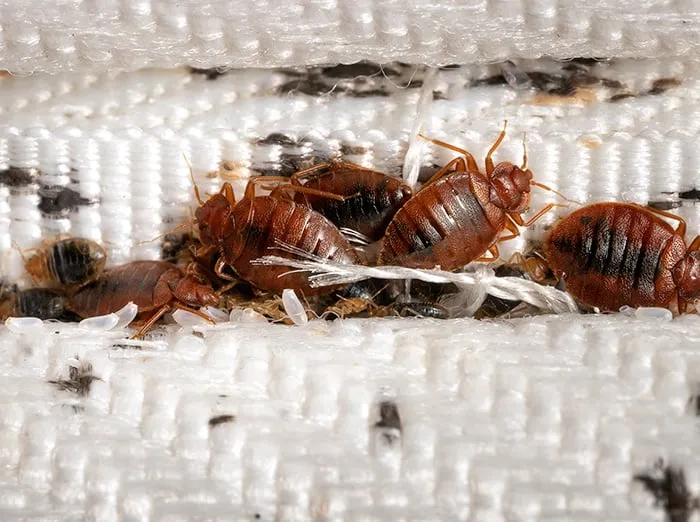Are Bed Bugs Making a Comeback?

Why Are Bed Bugs On the Rise?
Bed bugs are making a comeback. Across the U.S., infestations are on the rise. While bed bug populations were greatly reduced in the U.S. by the mid-20th century, experts think the recent up-tick in bed bug activity is due to several factors. According to the Arkansas Department of Health, those factors include:
- Increased resistance to pesticides.
- Greater international and domestic travel.
- Lack of knowledge regarding bed bug control due to the insects’ prolonged absence.
- Lack of pest control programs at state and local levels..
Therefore, it may be time for parents to reintroduce that old bedtime rhyme, “Sleep tight. Don’t let the bed bugs bite.” And bite, they will. It doesn’t hurt when they bite (according to ADH, the bugs inject an anesthetic when they bite that prevents the victim from waking up), and bed bugs aren’t known to carry diseases. But, their bites can be irritating and sometimes produce localized allergic reactions.
A Few Bed Bug Facts:
- Bed Bugs bites are similar in size and appearance to a mosquito bite.
- Bed bugs feed solely on the blood of sleeping people and animals.
- Bed bugs are visible to the naked eye, about a quarter-inch to three-eighths of an inch in diameter.
- Bed bugs are reddish-brown in color and have been described as looking like apple seeds.
- Bed bugs like to congregate in areas where people spend long periods of time…like beds.
- Bed bugs are experts at hiding, taking refuge during the day in the seams of mattresses, box springs, pieces of furniture near a bed and even behind wallpaper.
- Bed bugs can travel more than 100 feet a night, and tend to live within eight feet of where people sleep, according to ADH.
- Bed bugs often hitch rides in luggage, clothes, bedding, furniture or anything else that can be moved.
Bed bugs are a nuisance, but they can be controlled. An integrated pest management system that includes heat treatment, vacuuming, sealing cracks and crevices and use of non-chemical pesticides is the most effective way to control bed bugs. If you or someone you know is experiencing an infestation, don’t hesitate to give us a call!















































































